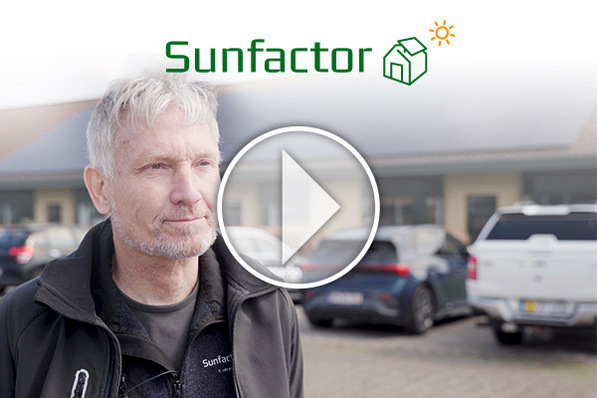This week we are going 'off-grid'. There are a variety of ways and degree to which one can disconnect from the power grid. Farms, generally being both more remote and endowed with a lot of open land, tend to be ideally suited for self-sufficient solutions.
These autonomous power grids based the MTU solution combine renewable energy sources with battery storage and gas and diesel generators using a micro-grid control system developed by Rolls-Royce, thereby reducing carbon emissions in power generation. Farmers also lose their dependency on the public grid and can integrate existing energy sources such as photovoltaics or biogas plants, which offers financial benefits. Rolls-Royce has just been presenting its micro-grid solutions for farming-related applications at this year’s agricultural trade show Agritechnica in Hanover.
“Many farmers already have large-scale photovoltaic or biogas plants and are therefore ideally equipped to use a micro-grid. Our MTU EnergyPack, the battery container, and a smart energy management system allow the various energy sources to be well-deployed – both in terms of technology and cost,” explained Cordelia Thielitz, Vice President Micro-Grids at Rolls-Royce.
The components of a micro-grid can be adapted according to the requirements. The possible applications in agriculture are manifold and offer advantages in terms of return-on-investment, decentralisation and decarbonisation. Here are three examples:
Prime power from biomass
Instead of continually feeding all of the electrical power generated by a biogas plant into the public grid, it can be stored in the MTU EnergyPack. The smart energy management system then ensures that this energy is only fed into the public grid at times of peak demand, when prices are at their highest.
Self-sufficient greenhouses
To flourish and grow, crops cultivated in greenhouses require the temperature levels and light exposure to be kept as constant as possible. The heat and power required to achieve that constitute major cost factors for any farmer.
But with combined power generation using a photovoltaic installation and MTU generator linked up to a battery and master controller, the greenhouse can operate independently and around the clock without drawing power from the public grid. Electrical energy generated by photovoltaics and a gas-powered CHP module during the day can be stored in the batteries, where it is subsequently available for lighting the crops and other electrical consumers. Heat from the CHP module is used to heat the greenhouses while carbon dioxide recovered from its exhaust emissions can be used to promote plant growth.
Profitability in times of change
For farmers who generate power for the public grid using photovoltaics and biogas generators and are subsidised under the German Renewable Energies Act (EEG), a micro grid can be a very worthwhile investment. This is because subsidy rates are falling, while many subsidy schemes will soon come to the end of their twenty-year term. Furthermore, operators of larger-scale PV plants also have to pay an EEG levy on the power they self-consume. Integrating such systems with batteries and a smart controller creates new cost benefits for farmers, while at the same time reducing their carbon emissions.
“Integrating existing renewable energy sources as a micro-grid creates an independent, reliable supply of energy which is environmentally friendly and saves money. For a not inconsiderable number of farmers, micro-grids can open up a new potential income,” said Armin Fürderer, head of customer solutions in the power generation section at Rolls-Royce. (mfo)
On a related note, you may also want to look back at Part 4 of our series on self-sufficiency.







